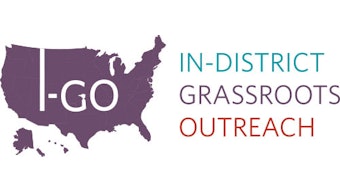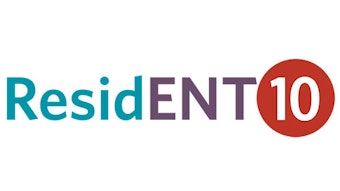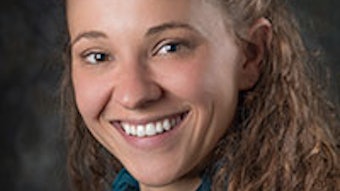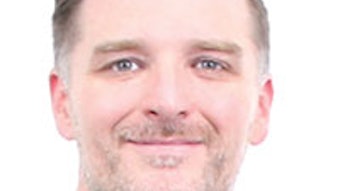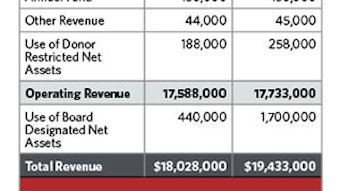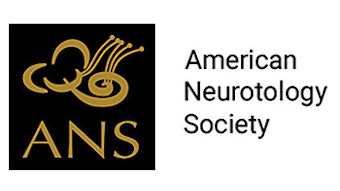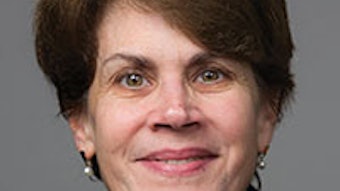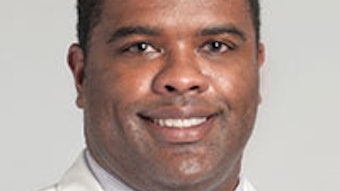“I am an otolaryngologist”
On April 27, 2019, I had the great privilege of presiding over the annual Specialty Unity Summit convened by the American Academy of Otolaryngology–Head and Neck Surgery and comprised of all the major organizations in our field. Physician and administrative leaders from an otolaryngology alphabet soup were in attendance.
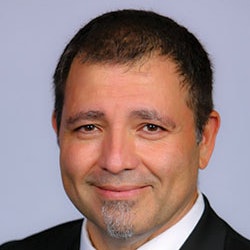 Albert L. Merati, MD
Albert L. Merati, MD
AAO-HNS/F Past President
While the conversation ranged broadly from training to workforce and how we might all collaborate on meetings, there was one decisive refrain that was heard around the table: “I am an otolaryngologist.” No matter what subspecialty we represent or focus on, each of us is an otolaryngologist first. We are all tied together.
From Tribal Leadership, Leveraging Natural Groups to Build a Thriving Organization, by Dave Logan, John King, and Halee Fischer-Wright https://www.triballeadership.net/
STAGE ONE:
These are tribes whose members are despairingly hostile. They may create scandals, steal from the company, or even threaten violence.
STAGE TWO:
The dominant culture for 25 percent of workplace tribes, this stage includes members who are passively antagonistic, sarcastic, and resistant to new management initiatives.
STAGE THREE:
Forty-nine percent of workplace tribes are in this stage, filled with knowledge hoarders who want to outwork and outthink their competitors on an individual basis. Each employee is a lone warrior.
STAGE FOUR:
The transition from “I’m great” to “we’re great” comes in this stage, where the tribe members are excited to work together for the benefit of the entire company.
STAGE FIVE:
Less than two percent of workplace tribal culture is in this stage, where members who have made substantial innovations seek to use their potential to make a global impact.
Words matter; attitudes matter. I try to demonstrate this as part of my role in training otolaryngologists. I speak respectfully about our colleagues in otolaryngology and in medicine more broadly. I have certainly failed my own standard in the past, and I would bet that most of us have at some point. Does it feel good in the moment? Sure. Does it help all of us stick together and stay strong? It does not. Authors Dave Logan, John King, and Halee Fischer-Wright talk about the impact of attitudes and culture in groups of individuals that bond and work together in their book, Tribal Leadership, Leveraging Natural Groups to Build a Thriving Organization. How often do we find ourselves in “Stage Three,” exemplified by the mindset that “I am great (and you are not)” in our day-to-day professional lives? Ideally, I hope we can function at Stage Four in our greater otolaryngology community: “We’re great.” I know this sounds idealistic in the face of all the challenges around us, but I assure you that each of these challenges are best handled when we maintain specialty unity.
How do we best prepare our trainees for the lives they wish to lead for themselves in whatever practice model they prefer? How do we make sure our patients have access to otolaryngology care? I am hearing from some members that it is harder and harder to hire otolaryngologists in small and medium-sized towns. I don’t know if this is related, but our trainees spend more and more of their time in training with super subspecialists. Is that good? Is that bad? Did the imposition of duty-hour restrictions impact surgical skill acquisition? There were certainly positives from the duty-hour changes. Were there also negatives? One way or another, how we choose to train future generations of otolaryngologists will have an impact on our field.
Many of these discussions have been maturing over the years — a debate about the impact of subspecialization is nothing new. But to me it feels as though the passage of time has brought us to a crossroads. As we look forward to the next decades of life as otolaryngologists, we may ask ourselves who we are and what we believe in.
While the Academy has no direct influence on the RRC, we can certainly convene a conversation as to what we need to continue advancing otolaryngology in the future.
I challenge all of us to consider otolaryngology-head and neck surgery as a whole as we make our plans for our specialty areas, our communities, and our careers. We can all be stronger by keeping the AAO-HNS impactful and attuned to otolaryngologist needs. Membership is up again this year, committee applications and engagement are up, and early numbers for the AAO-HNSF 2019 Annual Meeting & OTO Experience in New Orleans point to a blockbuster meeting this fall. There has never been a more important time to stick together and start every meeting with the words: “I am an otolaryngologist.”


